Decorative nightshade - cultivation and care
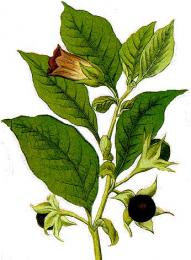
Decorative nightshade can be found in almost any flower shop, especially often before the New Year. Nightshade bushes look very beautiful and festive thanks to their bright orange-red berries that resemble cherries.
It is worth immediately taking into account the fact that it is not recommended to have nightshade at home if you have small children. All parts of this plant are poisonous! It is especially dangerous to eat its fruits.
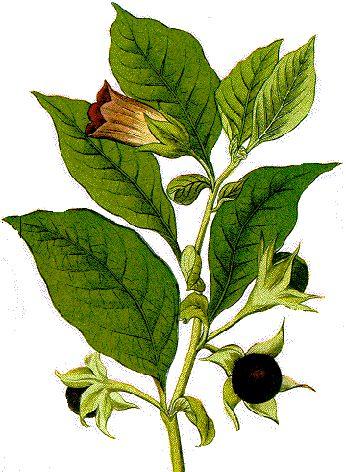
Content:
- Nightshade care: temperature, lighting and watering
- Problems in growing nightshade and its diseases
- How to fertilize nightshade
- Rules for transplanting nightshade
Nightshade belongs to the vast nightshade family and is native to South America. Both vegetable and ornamental representatives of this family are known in culture. There are about 1,500 species in total. Some of them have medicinal properties. Thus, nightshade berries are effectively used to treat sore throat.
Nightshade care: temperature, lighting and watering
Nightshade is unpretentious in care, so even novice gardeners can handle it. The only thing that can become an obstacle to purchasing this indoor plant is the need to arrange cool wintering for nightshade at 13-15 degrees Celsius.
In the spring-summer period, it is worth sticking to 19-25 degrees above Celsius. Mandatory measures for growing nightshade at home also include: regular pruning, they are necessary to form a bush and give it a beautiful shape.
Decorative nightshade can stretch out when there is insufficient lighting, so it needs to find a bright place. Any window sill will do, except for one located in the northern part of the house. A small amount of light also leads to less abundant flowering of the plant, and, consequently, it will also produce very few fruits. In summer, it is useful to place nightshade outside in fresh air in a slightly shaded place. A balcony, veranda or garden is suitable.
The soil in a pot with decorative nightshade should always be slightly moist and should not be allowed to dry out.
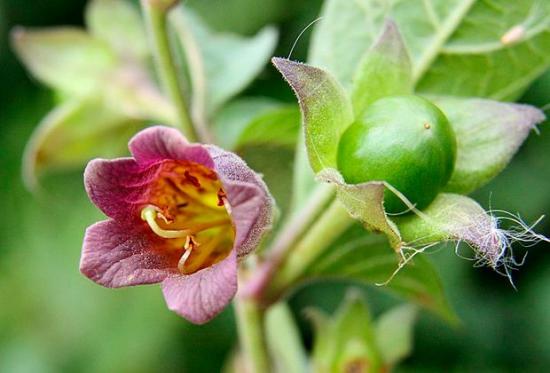
In summer, the tree needs more abundant watering, in winter - moderate. The plant loves spraying very much, so you need to try to maintain high air humidity. But there is no need to create a “swamp” in a nightshade pot, especially during cold wintering periods. It would be good to place the pot on a tray with wet expanded clay.
Problems in growing nightshade and its diseases
- If watering is insufficient during a hot period, the plant's leaves may fall off. In cold weather, nightshade, on the contrary, sheds its leaves when the soil in the pot is excessively moistened.
- If nightshade berries fall off, there is not enough light in the room or low air humidity. In this case, it is necessary to find a brighter and cooler place with high humidity.
- If there are no fruit ovaries on the nightshade after flowering, then most likely pollination did not occur. To induce fruiting, you need to move the flowering plant for several days to a well-ventilated place (direct drafts should be avoided, but there should be a constant flow of fresh air) or pollinate yourself using a soft brush.
- If the ambient temperature is too high, then nightshade is more likely to be attacked by spider mites. You can find it under the underside of the leaves. To combat it, it is necessary to increase the air humidity around the bush and use acaricidal agents to treat the affected areas.
- When transferring nightshade to the garden for the summer, you need to make sure that the leaves and tops of the shoots are not damaged by aphids. These areas lose their color saturation, and the leaves begin to curl, turn yellow and fall off. In this case, it is urgent to carry out treatment using Fitoverm, Inta-Verom or Derris.
How to fertilize nightshade
It is very important to regularly feed the plant to ensure effective flowering and mass fruiting.
In spring and summer, apply once a week along with watering fertilizers. If necessary, during the cold period, fertilize the plant no more than once a month. Complex mineral fertilizers or special ones for vegetable nightshade crops (for example, tomatoes and peppers) are suitable for nightshade. During the growing season, any complex designed for flowering plants is also perfect. It is advisable to reduce the recommended dosage slightly.
Rules for transplanting nightshade
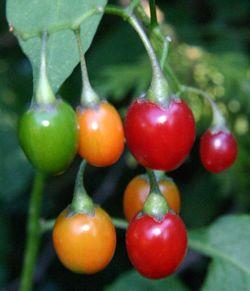
Decorative nightshade is considered to be an annual plant. However, with periodic replanting and pruning, it can effectively decorate a home for many years.
Transplanted nightshade every year in late winter - early spring. In February it is better not to water the plant at all. By this time, the fruits should be fully ripe and begin to fall off, and the leaves will already turn yellow. If the bush has become larger, then you can choose a larger pot for replanting. It is easy to prepare the mixture for transplantation yourself.To do this, mix turf, peat, humus soil with sand in a ratio of 1:1:2:1. Nightshade is heavily pruned (but not more than ½ part) and transplanted into fresh soil.
In general, caring for decorative nightshade does not take much time. The main thing is to choose a warm, bright place and do not forget about regular watering. To extend the life of the plant, replant once a year, and during the summer, pinch the top for taller branches.


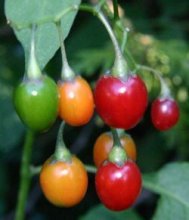
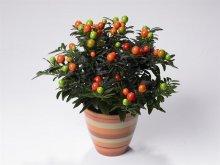
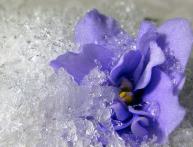

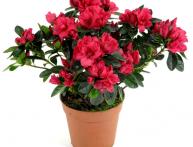
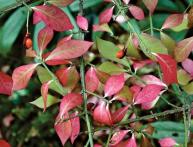


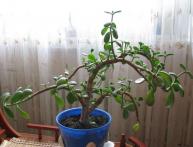
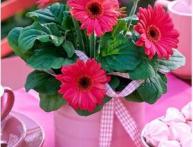
Comments
I really like decorative nightshade; it can become a real interior decoration. I recently planted the seeds of this plant and am waiting for germination. It is very attractive that the plant is unpretentious. I can provide the nightshade with a light regime, but I just don’t know what to do with the cold winter, will the temperature on the windowsill far from the radiator be suitable?
So they told me that nightshade is not whimsical, but it turned out to be the opposite))) In my hands it became incredibly whimsical. Apparently this is not my houseplant, and the conditions of my home were not favorable for it. He stretched out, shed leaves, because... My windows are either full of bright light or in the shade all day.
Wow, not whimsical!!! Such care is needed and so many problems can arise when growing it. In my understanding, it is unpretentious - it grows in any conditions, does not require frequent watering and pruning and frequent replanting. This is unpretentious!!!